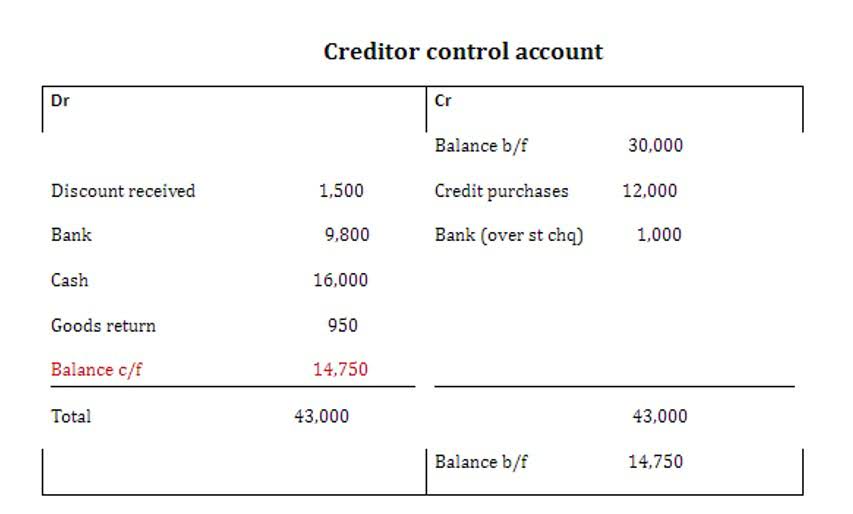
The 10-column worksheet is an all-in-one spreadsheet showing the transition of account information from the trial balance through the financial statements. Accountants use the 10-column worksheet to help calculate end-of-period adjustments. Using a 10-column worksheet is an optional step companies may use in their accounting process.
The adjusting entries are shown in a separate column, but in aggregate for each account; thus, it may be difficult to discern which specific journal entries impact each account. As you can see, all the accounts are listed with their account numbers with corresponding balances. In accordance with double entry accounting, both of the debit and credit columns are equal to each other. After Paul’s Guitar Shop, Inc. records its journal entries and posts them to ledger accounts, it prepares this unadjusted trial balance.
Balance Sheet
These credit balances would transfer to the credit column on the unadjusted trial balance. Preparing an unadjusted trial balance is the fourth step in the accounting cycle. A trial balance is a list of all accounts in the general ledger that have nonzero balances. A trial balance is an important step in the accounting process, because it helps identify any computational errors throughout the first three steps in the cycle. The adjusted trial balance is used to prepare the income statement and the balance sheet. Adjusting entries typically affect one income statement (revenue or expense) and one balance sheet (asset or liability) account.

You have been tasked with determining if this transition is appropriate. An adjusted trial balance is prepared using the same format as that of an unadjusted trial balance. Using Paul’s unadjusted trial balance and his adjusted journal entries, we can prepare the adjusted trial balance. Note that only active accounts that will appear on the financial statements must to be listed on the trial balance.
How does an adjusted trial balance get turned into financial statements?
However,the SEC requires that companies present their Balance Sheetinformation in liquidity order, which means current assets listedfirst with cash being the first account presented, as it is acompany’s most liquid account. While many BalanceSheets of international companies will be presented in the samemanner as those of a US company, the lack of a required formatmeans that a company can present noncurrent assets first, followedby current assets. The accounts of a Balance Sheet using IFRS mightappear as shown here. To prove the quality of the total debit and credit balances, accountants prepare an adjusted trial balance. If you have to prepare one and don’t know where to start, we’ll share a few basics in this article to help you out. An adjusted trial balance is a listing of all company accounts that will appear on the financial statements after year-end adjusting journal entries have been made.
Preparing an adjusted trial balance is the sixth step in the accounting cycle. An adjusted trial balance is a list of all accounts in the general ledger, including adjusting entries, which have nonzero balances. This trial balance is an important step in the accounting process because adjusted trial balance example it helps identify any computational errors throughout the first five steps in the cycle. An adjusted trial balance is a listing of the ending balances in all accounts after adjusting entries have been prepared. As with all financial accounting, the debits must equal the credits.